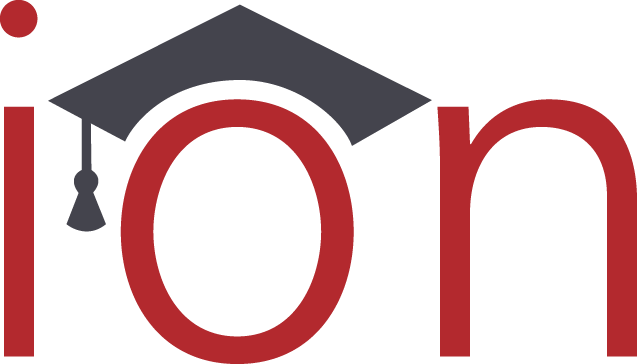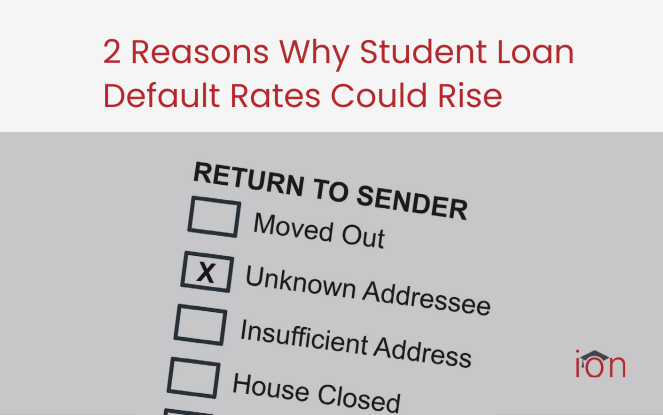A Major Problem for Students and Families
In January 2022, the U.S. General Accountability Office wrote about significant problems that Federal Student Aid and Federal Servicers would face when repayment was set to resume in September 2022 there will be cohort default rate problems.
GAO highlighted many problems, only two (2) of which are summarized below which will cause Cohort Default Rate problems:
Problem 1:
13 Million High-Risk Borrowers
GAO’s report stated that Servicers consider 50 percent (13 million borrowers) as “High Risk.” GAO also quoted a Servicer managing borrowers’ defaulted loans initially, who said they “did not have valid email addresses for about half of the borrowers in default.”
ION expects all “high-risk” borrowers will need assistance. ION performs this work for your school well before Servicers can get to it. We will contact students and ensure they enter an affordable repayment plan.
Problem 2:
Servicers Resigned from their Contracts with the Department of Education
Four (4) large Servicers have resigned and the Department of Education has transferred over 12 million borrowers to the remaining Servicers.
| FedLoan Servicing (PHEAA) | transferred its portfolio to MOHELA |
| Granite State (GSMR) | transferred its portfolio to Edfinancial |
| Great Lakes | transferred its portfolio to Nelnet |
| Navient | transferred its portfolio to Aidvantage |
Over 80 percent of these borrowers will not learn about new Servicers on time. Delinquency will increase.
ION will connect with students quickly and efficiently. We can connect borrowers with their Servicers.
There are an additional 9 million borrowers in default who will need servicing when repayment resumes. These will be reflected in the Cohort Default Rates.
We encourage all institutions of higher education to review their Default Aversion plans immediately.
Please contact us for additional information on our Default Aversion toolkit.

